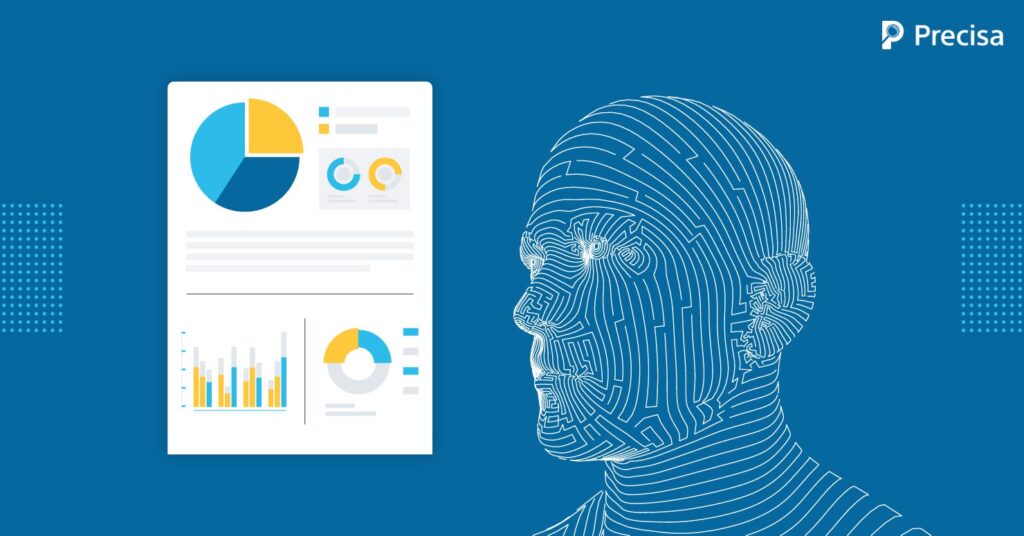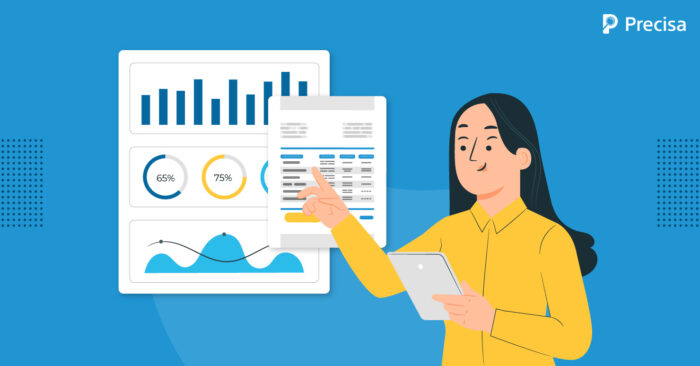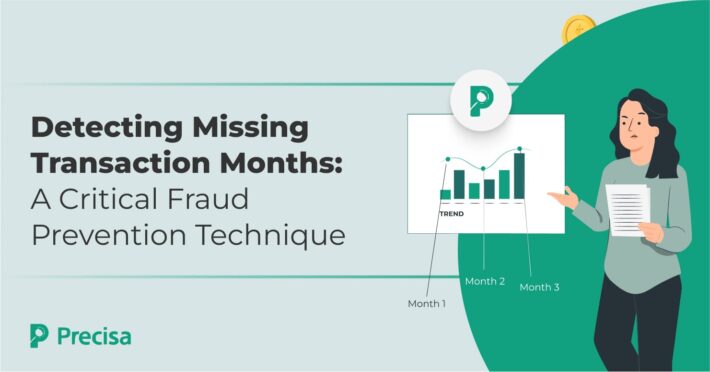How AI Is Improving Categorisation Accuracy In Bank Analyser

Today, data-driven decisions have become a success mantra for many forward-looking businesses. The traditional way of making impactful decisions based on intuition or limited data points can result in an opportunity loss.
This is where software solutions powered by Artificial Intelligence (AI) score over legacy software. The AI software market is projected to grow from $ 138.4 billion in 2022 to $ 1,094.52 billion, accelerating at a compound annual growth rate of 22.97% between 2023 and 2030.
Many businesses are embracing AI-powered software to accelerate processes and stay ahead in the game. For example, the bank analyser is one such software which leverages this technology to enhance categorisation accuracy and other business deliverables.
In this blog, we deconstruct the importance of categorisation accuracy and how lending businesses can benefit through the strategic use of the AI-powered bank analyser.
What Is A Bank Analyser?
A bank analyser is a software solution that enables businesses to accurately and efficiently analyse the fiscal health of an entity, such as a business or individual consumer.
This solution comes packed with superior capabilities. For instance, it can read over 700 document formats, analyse a large number of documents within minutes, and validate the authenticity of documents.
The use of AI enables bank analysers to value-add to data-dependent and focused activities in transformative ways. For example, it can recognise unusual financial patterns, which are invisible to the human eye, while doing it at speed.
This tool also has the capability to accurately categorise financial data into relevant categories, which can help businesses make data-driven decisions. Lending businesses can get access to prior loan repayment patterns, income information, and bank withdrawals within minutes.
What Is Categorisation Accuracy?
The capability to categorise transactions is an important step in the analysis process of any data, especially financial data. The categorisation process enables businesses to answer specific questions such as – “How much revenue is a business earning?” or “ Has the business paid off earlier loan EMIs (Equated Monthly Installments) on time?”
The questions and related categories will vary depending on the size and profile of the businesses. Traditionally, businesses would assimilate this data manually using spreadsheets. Despite being a time-consuming and cumbersome process, it remains an important step towards accurately analysing a borrower’s fiscal health.
Today, the use of tools like the bank analyser automates the process, thus enabling businesses to categorise transactions much faster.
What Are The Various Data Categories?
Typically, several financial documents are fed into a bank analyser. These may include a potential borrower’s balance sheets, income statements, cash flow statements, and profitability statements.
Now, the transactions on each of these sheets are categorised into inflow and outflow transactions. Inflow refers to the full spectrum of incoming transactions. On the other hand, outflow comprises the full spectrum of outgoing transactions.
Let’s take a detailed look below:
Inflow categories
Within inflow alone, financial transitions can be segregated into over 20 categories! An AI-power bank analyser has the capability to segregate all inflow transactions into salary, rent, insurance benefits, commission, interest dividends, reverse sweep, cash and ATM deposits, and tax returns, to name a few.
Outflow categories
Within outflow, financial transitions can be segregated into over 30 categories. These include EMI payments, utilities, learning and development, marketing, vehicle expenses, salary, rent, credit card bill payments, penalties and fines.
How Does a Bank Analyser Come Into Play?
An AI-powered bank analyser is able to finetune the categorisation process to weed out occurrences such as bounced cheques on EMI payments, which would appear under the penalties and fines categories.
Too many bounced cheques, for instance, would instantly raise red flags about a potential borrower.
As businesses include more categories, they will be able to paint a precise picture of a potential borrower’s financial situation and make informed underwriting decisions.
Why Categorisation Accuracy Is Important
Today, lenders are inundated with thousands of loan applications every day. They need to expedite the underwriting process or run the risk of loan applicant drop-offs, which come with a huge opportunity cost.
Leveraging a bank analyser enables them to analyse financial data quickly. However, merely having computing speed is not enough. The analysis must be based on data that is relevant, as incorrect analysis can lead to damaging outcomes.
For instance, incorrect analysis can give rise to loan fraud. It can also result in an increased number of non-performing assets. On the other end of the spectrum, first-time borrowers with no credit history could easily be rejected despite having a healthy balance sheet.
Numbers paint a clear picture of a borrower’s financial health. Hence, there is a need for in-depth categorisation, which must also be accurate. In turn, a borrower’s credit analysis has a higher potential to be accurate.
This is where AI plays a transformative role in the categorisation and analysis process.
How AI Boosts Categorisation Accuracy In Bank Analyser
The use of AI enables the bank analyser tool to predict the financial creditworthiness of a borrower accurately. It helps lending businesses customise products and leverage alternative metrics such as Goods and Services Tax (GST) returns data for accurate underwriting purposes.
- This cutting-edge tool comes with customisable dashboards, which allow businesses to feed in categories relevant to the profile of the borrower.
- Once done, relevant data is culled from a large number of financial documents and placed in the relevant categories.
- Only then is the categorised data ready to be processed and analysed.
- Post analysis, a financial creditworthiness score is produced.
The entire process is efficient and completed in minutes. Based on the results, the loan application can now be processed without further delays.
The Takeaway
Today, a growing number of lenders are leveraging AI-powered bank analyser software to help them make accurate underwriting decisions. An automated financial analysis software reduces the manual effort involved in analysis and enables lenders to run lean but highly efficient underwriting operations.
The superior capabilities of this tool help lenders accurately assess the creditworthiness of loan applicants, underwrite loans faster, and drive better business outcomes.
Presica’s comprehensive and seamless financial data analysis solution simplifies and speeds up the process through automation. The software provides actionable insights on a customisable dashboard, thus helping companies make informed business decisions.
Request a free demo today!




